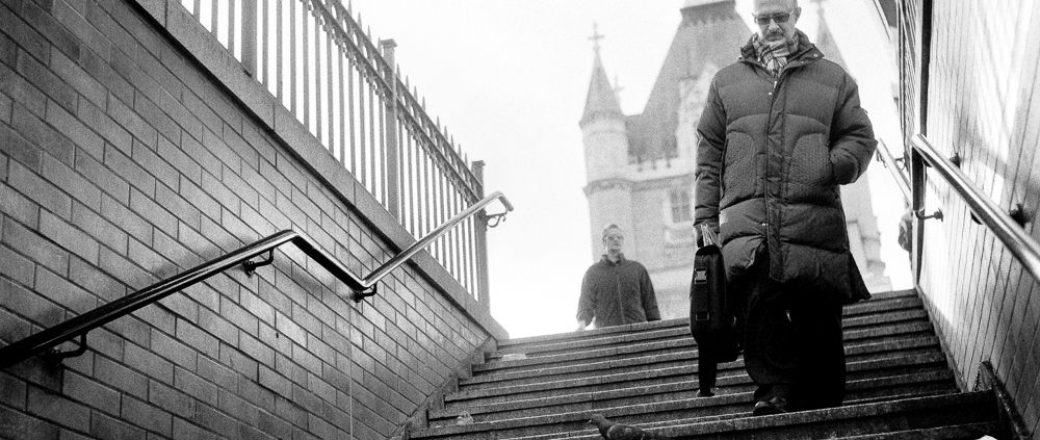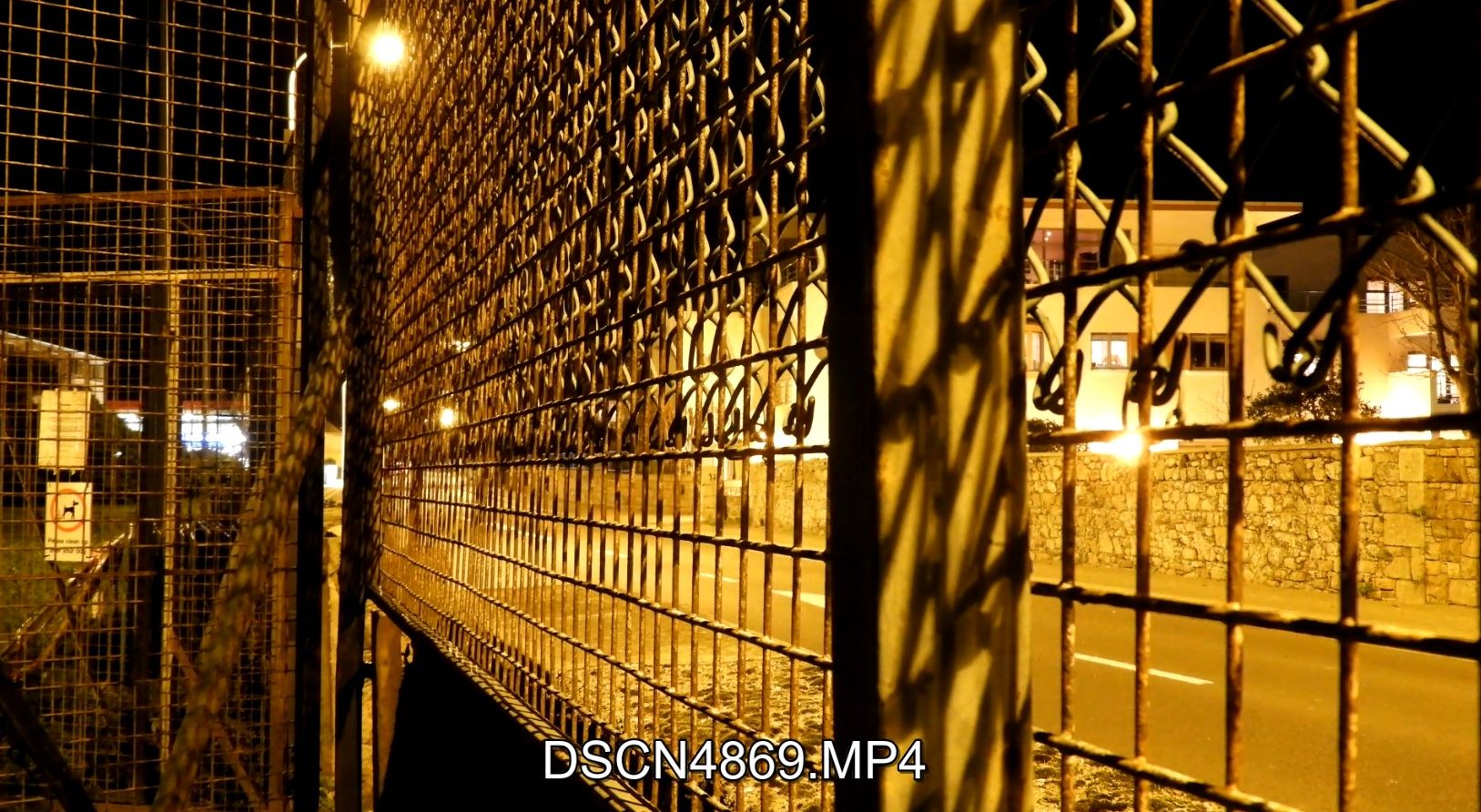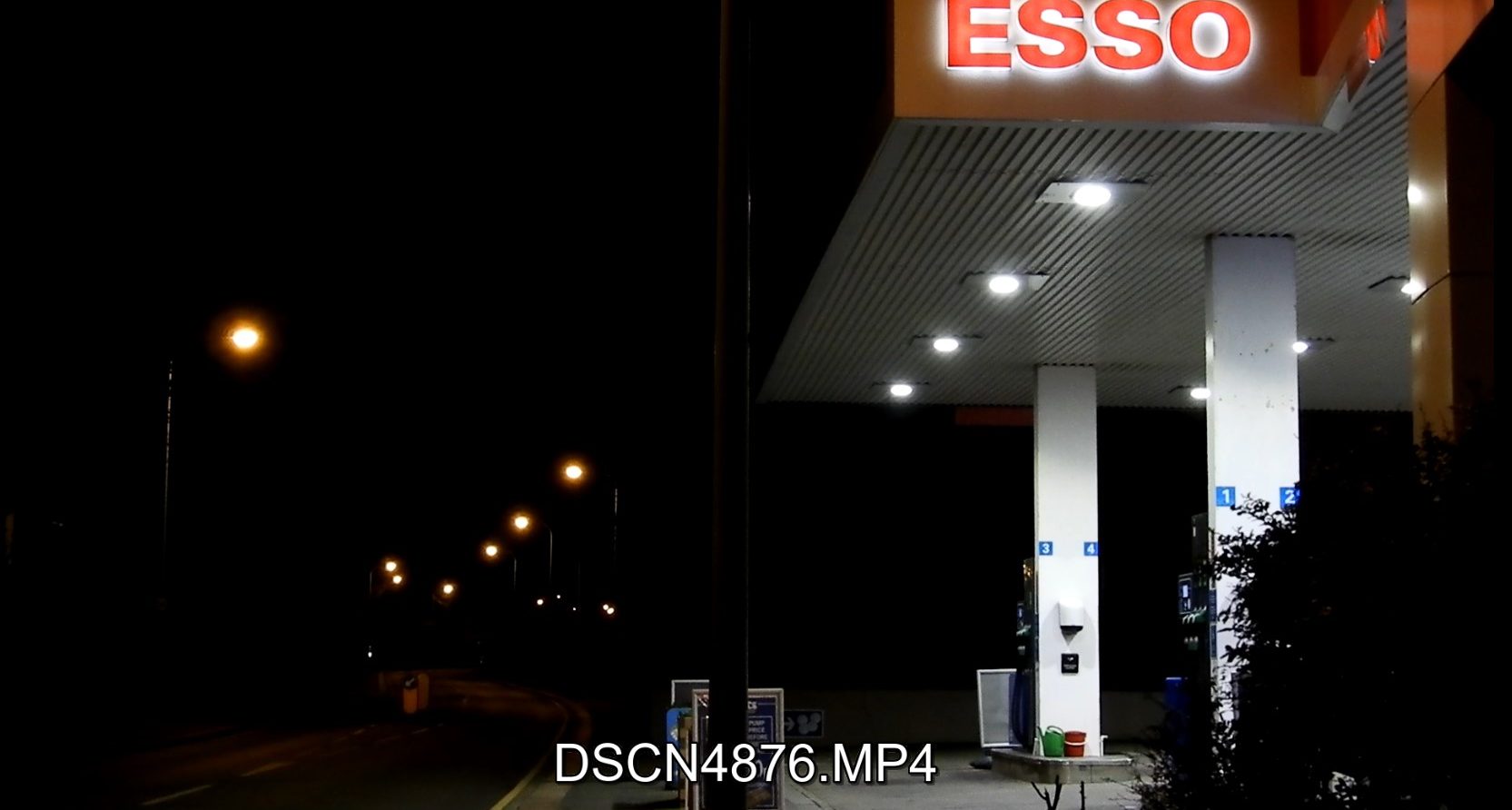ACTION PLAN:
WHY: I am using the final outcomes of this photo shoot for my final piece of my mock exam. I am wanting to show the financial identity of jersey and its people, the streets of Jersey being dictated by the foot traffic these office workers create. Being completely quiet and empty in the morning, busy in the afternoon and quiet again in the evening when work is finished.
WHERE: The main photo shoot will take place in town, specifically on queens street as I feel it has the biggest contrast in foot traffic overall. It illustrates well the routine of the finance workers and the timings of their day.
WHEN: I am shooting my videos at 3 different times of day:
- starting at sunset, i am hoping to capture the empty streets of town before all the finance workers start their daily rush to work.
- the second video will be at midday, this will illustrate the busiest time of day.
- the last video will be captured during the evening, at sunset when town is again completely empty and quiet.
WHO: I will be photographing and taking videos of people within town that are involved in the financial sector, and anyone who happens to be present in town at that very moment.
HOW: I will be using my DSLR camera and the time lapse setting in order to capture my video. I will also be utilizing my tripod in order to keep the camera totally still whilst capturing the videos. Along side the montage, I will also be doing additional street photography to also have physical print copies for my final outcomes.
HOW IT RELATES TO IDENTITY:
The main message which I will be trying to get across with my montage and final images is the dictation of life by work and the way in which the finance industry impacts the regular workers life. I have always noticed the stark contrast in traffic (both with vehicles and people) during different times of day. Peaking at different times during the day. It is a critical decider for the way in which people lead their lives. The city is totally silent and still in the early hours of the morning and evening, demonstrating the lack of identity within the regular workers life. Therefore my project will mainly be focusing on the lack of identity within society.
LEWIS BUSH:
Even though my main inspiration (Lewis Bush) does not create film as his final piece of work, his overall message and themes which he explores is what I was most interested when looking at his work.
Lewis Bush is a photographer, writer, curator, and is a Lecturer on both MA Photojournalism and Documentary Photography and BA (Hons) Photojournalism and Documentary Photography courses at London College of Communication.
Lewis studied history at the University of Warwick, and then worked in public health as a consultant researcher with the United Nations Taskforce on HIV/AIDS. Returning to the UK he began to work as a photographer and studied documentary photography at LCC in 2012.
More recent works include Metropole (2015) which critiques the architectural transformation of London and the city’s growing inequality by subverting the imagery of London’s luxury and corporate developments, receiving international. Bush has recently completed Shadows of the State, which has involved tracking and mapping the covert radio stations used by intelligence agencies to transmit coded instructions to their agents overseas.
This is the theme which I was most relating to Jersey and the identity of people within it. The changes which we have experienced as the island has become ever more increasingly involved in the financial and corporate world. It creates a sort of blanket of expectation over the lives of many young people in Jersey, having the expectation of wanting to join one of these massive, multi million firms which operate here. It is also very apparent that the corporate life style has taken over Jersey due to the changing foot traffic that ca be seen in St.Helier. It is ruled by the working hours of these companies and their staff.



CRITICAL ANALYSIS OF HIS WORK:

VISUAL:
The first point of attraction in the image above is the light which floods down the image and into the staircase. There is a very distinct difference in the background, mid ground and foreground in the image. The background of the image is very clearly overexposed, yet it works well with the darkness that can be seen going down the steps in the foreground of the image. The image also follows the golden rule. If a spiral were to be drawn on the image, the man of on the right hand side of the image would fall in the correct spot in the image in order for it to be harmonious and work well. The angle from which the image was also taken from means that a sort of power play is created with the camera as it is pointed up towards the subjects. The monotone color pallet of the image also links back well to the overall theme of his work which is all about the architectural transformation of London and the city’s growing inequality by subverting the imagery of London’s luxury and corporate developments. The man who is walking down the steps is also representative of this, wearing very basic clothing, very typical of the regular office worker. His facial expression is also very dull and blank which could be representing the emptiness many corporate workers feel with their work.
TECHNICAL:
In terms of editing, the artist has very clearly cropped the image down in order to cut out the top and bottom of the image and focus in on on the subject in the mid ground of the image. During the editing process, a black and white filter has been placed over the top of the image to fit with the scheme of work that the artist is doing. I also think that the exposure might have been increased in the background of the image in order to allow for a lighter and brighter image. I think because the image is in many ways an environmental photo/street photography, the shutter speed used when taking the image was quite high to create a sharp and crisp image.
CONCEPTUAL/CONTEXTUAL:
Lewis’s photographic practice primarily explores ideas about the way power is created and exercised in the modern world and increasingly also engages with questions about how to represent issues which are nebulous and complex. In The Memory of History (2012) he traveled through 10 European countries documenting the way the past was being manipulated in the context of the economic crisis and recession. This project was subsequently widely published and was exhibited at the European Union’s permanent representation in London in 2014
source: https://www.arts.ac.uk/colleges/london-college-of-communication/people/lewis-bush
SCREENSHOTS:


YouTube link –
